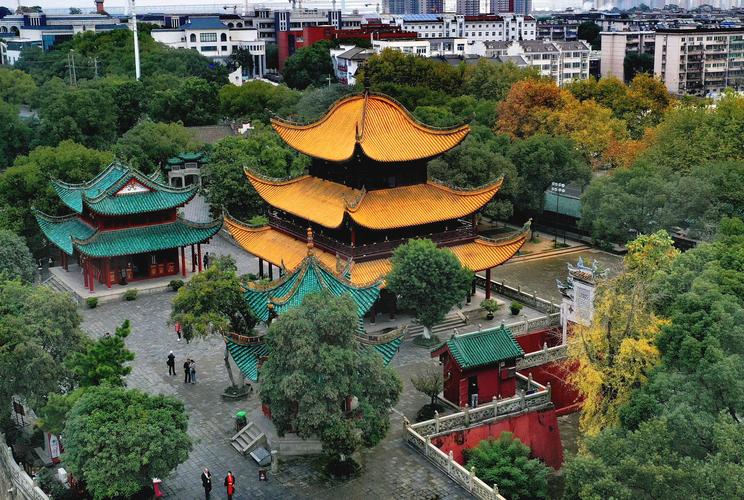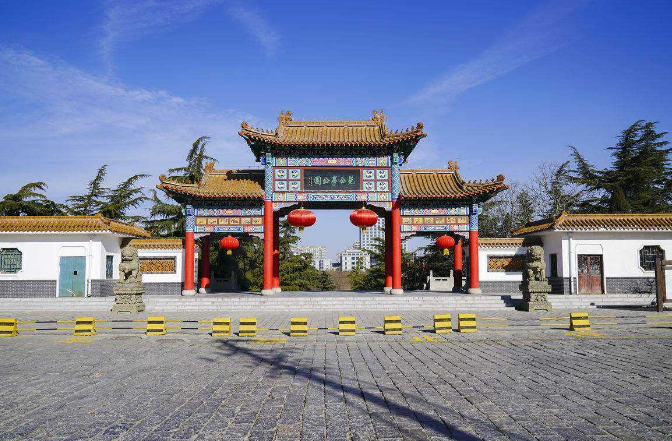- Call Us :+86 13663796880
- Email :nicole@sfrooftile.com
- Working hours :24 hours a day
- Language :Chinese
Nicole Zhang
+86 13663796880
+86-379-63262958
nicole@sfrooftile.com
Ancient Chinese architectural styles are rich and diverse and have a long history. They are one of the important components of Chinese culture. This unique architectural style is not only amazing, but also reflects the crystallization of the Chinese people's wisdom and reverence for nature.
The origin of ancient Chinese architectural styles can be traced back to ancient times, that is, the Neolithic Age about 6,000 years ago, when the Chinese people began to explore architecture. The earliest buildings were mainly civil structures. For example, the houses built by the Hemudu Culture used materials such as wooden piles, planks, and masonry, forming a basic architectural style. This civil structure gradually evolved into one of the characteristics of ancient Chinese architecture in the later development.

With the development of history, ancient Chinese architecture gradually formed a unique style. The most representative ones are the palaces and tombs of emperors and nobles. These palaces and mausoleums are often world-famous for their grandeur and grandeur, such as the Forbidden City in Beijing and the Mausoleum of Qin Shihuang in Xi'an. Most of these buildings adopt traditional wooden structures and tile roofs, combining grand layouts and exquisite details, highlighting the Chinese people's pursuit of power and dignity.

In addition, ancient Chinese architecture also includes a rich variety of temples and temples. Buddhism, Taoism and Confucianism have a profound influence in China, so temples and temples occupy an important position in ancient Chinese architecture. Some famous temples, such as Shaolin Temple and Baoen Temple, are famous for their special architectural styles and majestic scale. Temples and temple buildings often take advantage of the geographical advantages between mountains and rivers and combine them with natural landscapes to reflect the Chinese people's pursuit of religious beliefs and harmonious coexistence.

In addition to palaces, mausoleums and temples, ancient Chinese architecture also includes numerous gardens and residences. Gardens play an important role in ancient Chinese architecture and represent the concept of harmonious coexistence between man and nature. The Humble Administrator's Garden in Suzhou and the Summer Palace in Beijing are examples of Chinese gardens, using exquisite layouts and exquisite decorations to demonstrate people's pursuit of natural beauty. In rural areas, residential buildings embody the combination of practicality and aesthetics. Most of them adopt brick and wood structures, which are simple, practical and in line with Chinese people's requirements for living environment.